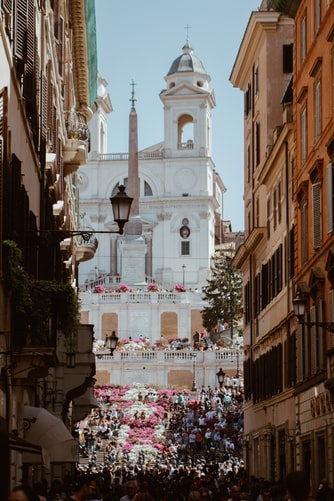While vising a new country, have you ever preferred tasting a Burger King instead of a local restaurant? Are you tired of fast food and unhealthy food? Whatever your answers have been, you need to read our post today, as we will talk about the Slow Food Movement.
Where does this movement come from?
The Slow Food Movement emerged in Italy thanks to Carlo Petrini. In 1986, after a McDonald was opened in the historical Piazza di Spagna in Roma, a rebellion against fast food and gastronomic standardization emerged.
From then until now, the Slow Food movement has spread over 150 countries. Its main aim is to foment an active fight defending traditional ways of consumption and production and in favor of gastronomy and a healthy and slow way of living which respects the environment and different cultures.
You may consult more information about the Slow Food Movement and their nets here.
Philosophy
The Slow Food movement quests a food consumption and access which is GOOD, JUST, AND CLEAN. This means that Slow Food is based in elaboration processes which guaranties food quality – that means, seasonal and fresh products. Both elaboration and consumption processes must have into account farmers, growers and manufacturers. Finally, none of these processes must be harmful to our planet or health.
Slow Food also rejects food and gastronomic standardization, so, it advocates for taste education. Every region has its own and unique traditional recipes and foods; a fact which enriches a culture and allow us to discover a place from a different perspective. Italian tastes do not only include pizza. Spain is not only paella.
We commit
In Slow Food Art and Travel, we support local businesses and manufacturers which elaborate food in traditional and ecological ways. As a result, our users are able to taste original, unique and tasty dishes. Our active slow food experiences will unveil Spain and Italy in an authentic and delicious way.


